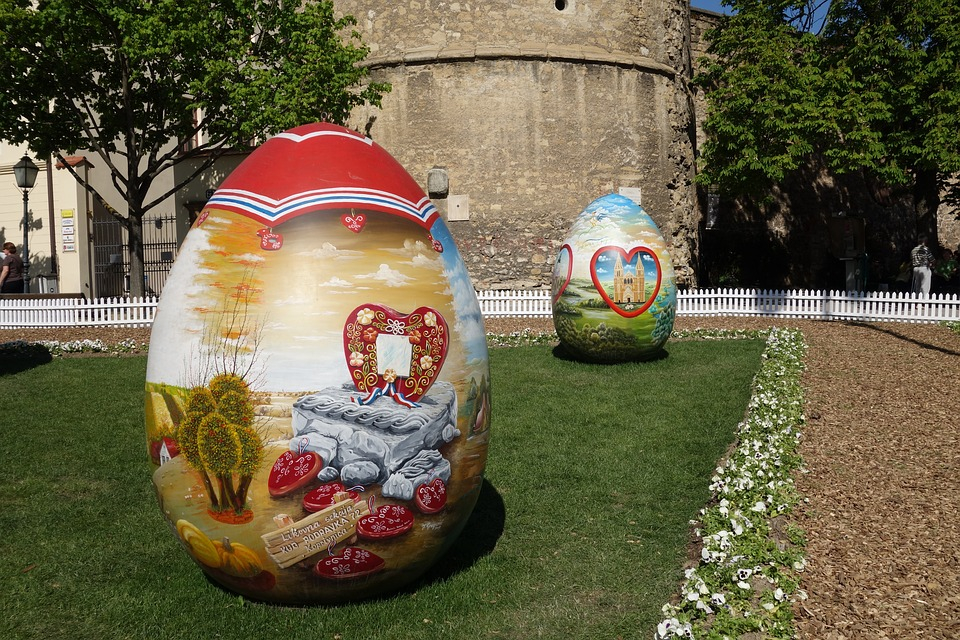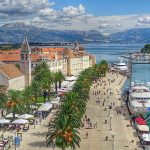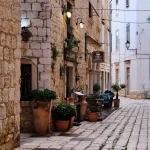We recently wrote about the Croatian 2022 pre-season not turning out (at least so far) quite how predictions and expectations seemed not so long ago. With private accommodation owners worrying about the state of affairs on the run up to summer, luxury travel agencies have a slightly different picture.
As Poslovni Dnevnik/Suzana Varosanec writes, the number of reservations made by Croatian guests is systematically growing from year to year, meaning that for the upcoming Easter break, Croats and residents of Croatia, along with Germans and Slovenes, will make up the largest number of guests, as was reported by one travel agency for luxury accommodation – Croatia Luxury Rent.
According to their current sales statistics, Germans lead the percentage of total bookings with a share of 23%, followed by the neighbouring Slovenes with 19%, Czechs with 13%, then Austrians with 12%, and Croats with 11% of the share. However, the Czech market is experiencing the biggest growth compared to the otherwise key emitting markets, meaning that the Czechs will be at the very top in terms of Croatian Easter tourism numbers for 2022.
The largest number of guests who have booked their accommodation on the Adriatic and partly in the interior/continental part of the country during the Easter holidays are coming from the emitting markets of Germany, the Czech Republic, Slovenia and Austria.
In addition to these markets, the total share is completed by the Italians, Hungarians, Slovaks and Serbs, while a significantly smaller percentage will be made up by visitors from France, Switzerland and neighbouring Bosnia and Herzegovina.
At the top of the list of the most numerous guests during last year’s Easter holidays were Croatian guests, which was to be expected due to the events caused by the coronavirus pandemic at the time. This year’s sale of Easter holiday arrangements has produced, as they say, an interesting situation according to which Central Dalmatia is systematically growing, much like it did last year, in terms of the number of reservations made, meaning that it is closer to Istria and Kvarner, which were otherwise very well known for Croatian Easter tourism.
This form of growth trend began to gain momentum during last year’s post-season, but continued with a surprising jump during the Christmas and New Year holidays: Central Dalmatia at one point was on par with the number of reservations made up in Istria. Further development confirmed the unquestionability of Istria’s popularity, which took the expected lead during the last ten days before the holidays, in other words, things returned to their earlier standards.
Looking at the current regional division of the number of reservations, Istria is rather unsurprisingly at the top with 41% share, followed by Dalmatia and the islands with 30%, Kvarner with 19%, and the mainland and the far south, which accounts for the remaining 10%. It’s worth noting that the type of technology that encourages and improves tourism has significantly raised the level of service quality, meaning that renters are more or less forced to continuously invest in their accommodation, follow current trends and expand aspects of their offer that will allow them to stand out more and be recognised.
For more on Croatian Easter tourism, check out our travel section.












